The Vehicle Stability Control (VSC) light is a vital feature in modern vehicles, offering essential information about the car’s traction and stability. When this light flashes, it indicates that the system is working to maintain control of the vehicle under challenging driving conditions. Understanding the significance of the VSC light flashes and what it signifies can help drivers make informed decisions, ensuring safety on the road. This article will explore the key indicators associated with the VSC light flashes, what they mean, and the steps you should take if you see it flashing.
Understanding the Vehicle Stability Control System
What is VSC?
Vehicle Stability Control (VSC) is an advanced safety feature that helps drivers maintain control during slippery or unstable driving conditions. It works by detecting loss of traction and can apply braking force to individual wheels. This prevents skidding or losing control, especially when cornering or driving on wet surfaces. This system is crucial for enhancing driver safety and can significantly reduce the chances of accidents.
How Does VSC Function?
The VSC system relies on various sensors that monitor factors such as steering angle, wheel speed, and lateral acceleration. These sensors provide real-time data to the car’s computer, which analyzes the information to determine if the vehicle is starting to skid or lose traction. If the system detects an issue, it intervenes to help the driver regain control. Understanding how VSC functions will allow drivers to appreciate its importance and the implications of a flashing light on the dashboard.
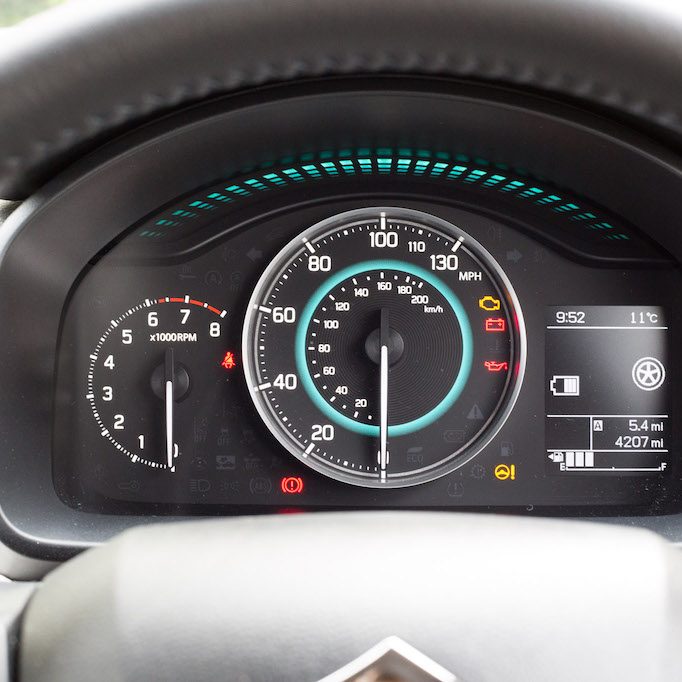
Significance of a Flashing VSC Light
What Does a Flashing VSC Light Indicate?
When the VSC light flashes on your dashboard, it serves as an important indicator that the system is actively working. This may occur due to slippery road conditions, such as rain, snow, or ice. The flashing light indicates that the VSC system is applying brakes to specific wheels, helping maintain control. It’s crucial to recognize that this warning suggests you may need to adjust your driving behavior, particularly by slowing down and increasing your following distance.
Differentiating Between Flashing and Steady Lights
While a flashing VSC light signifies active engagement, a steady VSC light indicates a potential malfunction with the system. A steady light often means there is a fault that prevents the VSC system from functioning. This could be due to issues with the sensors, wiring, or even a failure of the entire system. Knowing the difference between a flashing and steady VSC light can help you determine how urgently you need to address the issue.
Common Causes of a Flashing VSC Light
Slippery Road Conditions
One of the most common reasons for a flashing VSC light is poor road conditions. Rain, snow, ice, or loose gravel can decrease tire traction, causing the VSC system to activate. Drivers should recognize this indication as a cue to exercise caution. Reducing speed and maintaining a safe distance from the vehicle ahead is vital during adverse weather conditions. If the light is flashing consistently, it may mean the vehicle is struggling for traction.
Tire Problems
Issues with tire condition can also trigger the VSC light to flash. Under-inflated or worn tires significantly impact traction and handling. If you suspect tire issues, check the air pressure and inspect the tire tread. Many vehicles have a tire pressure monitoring system (TPMS) that will warn you of low tire pressure. Regularly maintaining tire health can prevent unnecessary activation of the VSC light and promote overall vehicle safety.
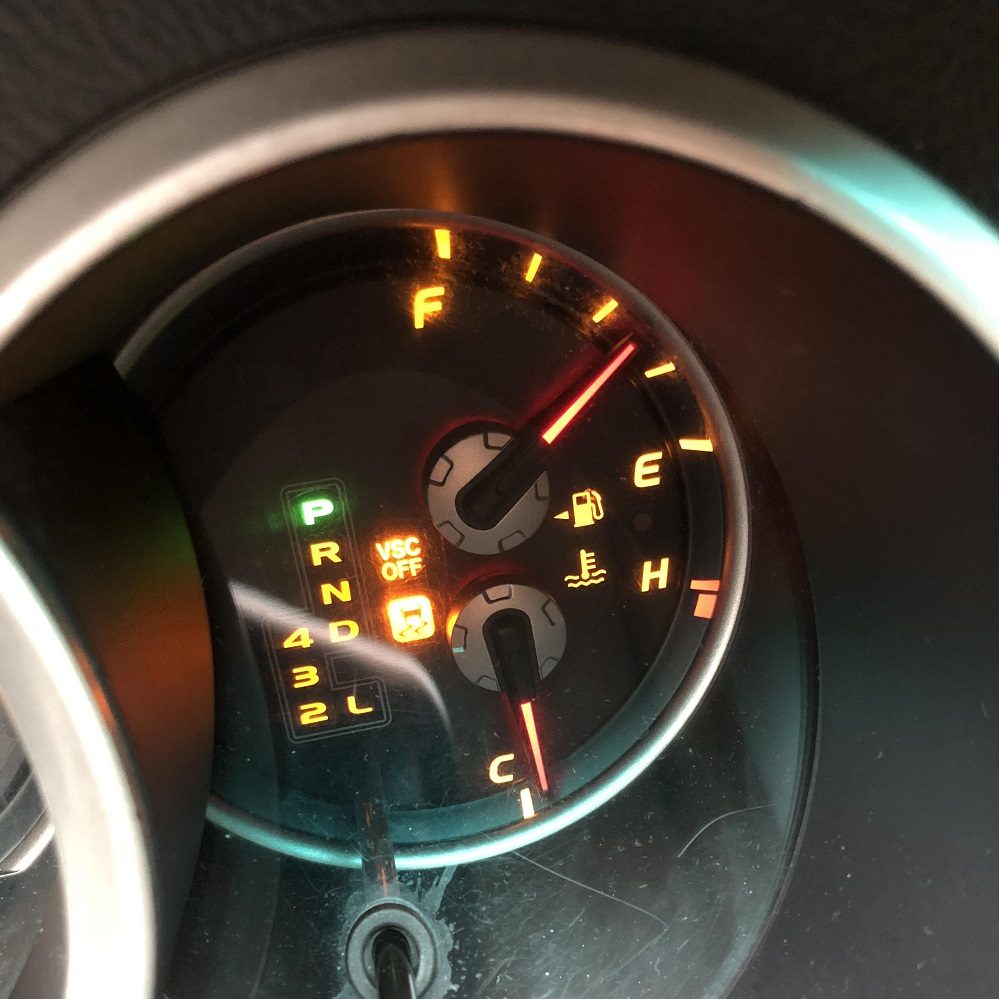
What to Do When the VSC Light Flashes
Slow Down and Drive Cautiously
If the VSC light begins to flash while driving, the first action is to slow down. Driving at high speeds can exacerbate the loss of traction and make the situation more dangerous. Adjust your speed according to the road conditions, making sure you have enough distance to react if needed. This cautious approach is vital for maintaining control of your vehicle during challenging circumstances.
Check Your Tires
Next, examine your tires for proper inflation and wear. Correct tire pressure helps ensure effective traction and stability. Use a tire pressure gauge to check each tire, including the spare if applicable. Also, visually inspect the tires for any signs of damage, such as bulges or uneven tread wear. Addressing any tire-related issues can prevent further complications and allow the VSC system to function correctly.
Common VSC Light Malfunctions
Faulty Sensors
Malfunctioning sensors can contribute to frequent activation of the VSC light. Sensors that monitor wheel speed or steering angle may become damaged or miscalibrated. If the sensors provide incorrect information, the VSC system may activate unnecessarily. If you notice that the light flashes frequently without any adverse driving conditions, it’s time to have the sensors inspected by a professional.
Wiring Issues
Another potential cause of VSC light malfunctions is wiring issues. Over time, wiring to the sensors can become frayed or loose, leading to poor signal transmission. Damaged wiring can cause intermittent malfunctions and false readings, contributing to the flashing light. Regular inspections of wiring connections can prevent future problems and ensure a better performance of your vehicle’s VSC system.
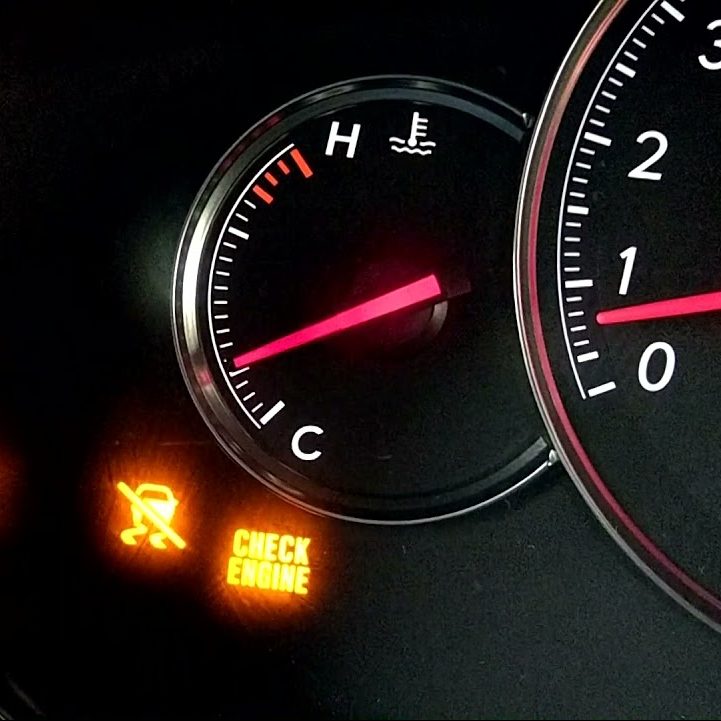
Diagnosing the Problem
Using a Diagnostic Scanner
If the VSC light continues to flash after taking necessary precautions, it may be time to use a diagnostic scanner. Many auto parts stores offer free diagnostic checks, or you can purchase your own scanner for personal use. By reading the diagnostic trouble codes (DTCs), you can identify any specific issues related to the VSC system. This process helps determine whether the problem is sensor-related, wiring issues, or another underlying issue.
Professional Assistance
For persistent problems, seeking professional assistance is advisable. A qualified mechanic has the experience and equipment to diagnose the issue thoroughly. They can run deeper diagnostics and inspect the system components, often uncovering problems beyond simple troubleshooting. It is critical not to ignore recurring flashes of the VSC light, as they can lead to more extensive damage if left unaddressed.
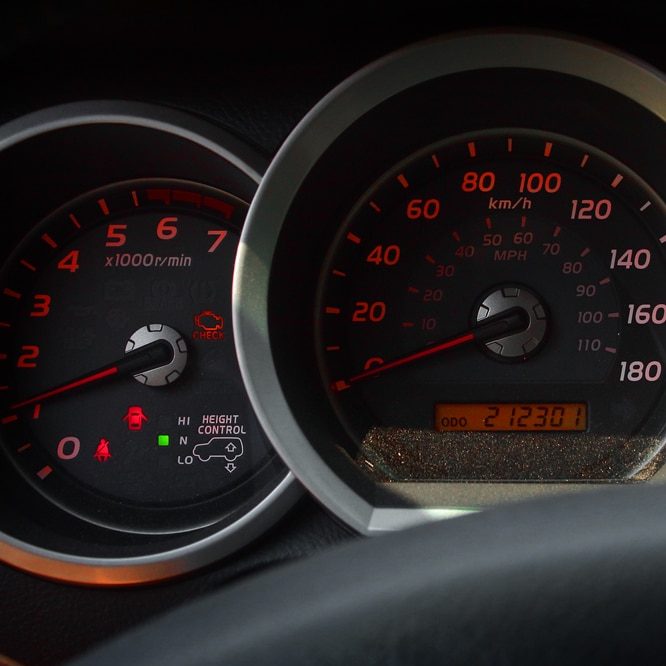
Maintenance for VSC Systems
Regular Inspections
Routine maintenance plays a significant role in ensuring your VSC system remains functional. Regular inspections can help identify potential issues before they escalate. Schedule periodic checks of your vehicle’s sensors and wiring. These inspections can also include tire checks to ensure proper inflation and tread depth. Keeping a consistent maintenance routine supports the reliability of your anti-theft systems.
Keeping Your Vehicle Clean
Maintaining a clean vehicle can also help with VSC performance. Dirt and debris can interfere with the sensors, leading to inaccurate readings and potential false warnings. Regularly wash your vehicle, focusing on cleaning the wheel wells, brake systems, and undercarriage. This cleaning practice ensures optimal performance of the VSC system, preventing unnecessary activation of warning lights.
Related Warning Lights
ABS Warning Light
It is important to understand that the Vehicle Stability Control system is often linked with the Anti-lock Braking System (ABS). If the ABS warning light is illuminated alongside the VSC light, it may indicate a more serious issue with your braking system. Both systems rely on the same sensors, so problems affecting the ABS can directly impact the VSC. Take immediate action if both lights come on, as this may require professional diagnosis and repair.
Check Engine Light
Another light to watch for is the check engine light. If this light appears alongside the VSC light, it indicates that there could be an underlying engine issue that needs to be addressed. Engine performance problems can influence how the VSC system operates. Make sure to have your engine checked for any errors that could lead to safety concerns while driving.
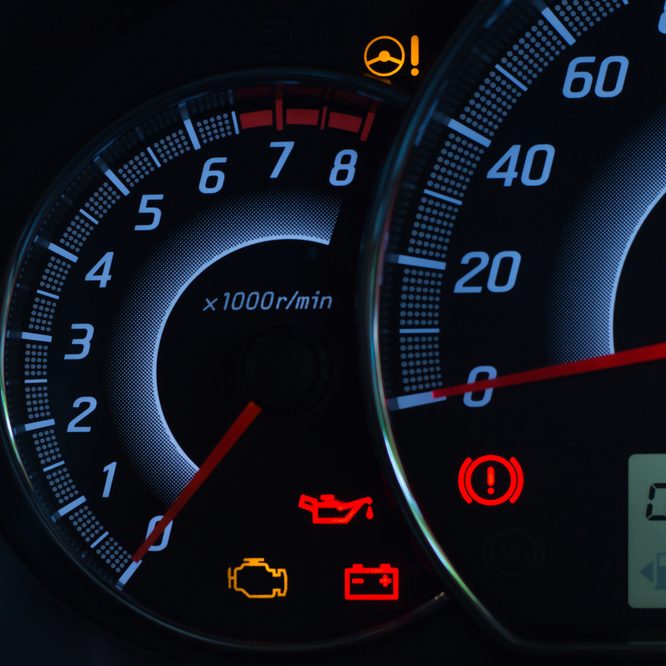
Taking Precautions
Understanding Driving Conditions
Being aware of driving conditions can help prevent the VSC light from flashing unnecessarily. Slow down in adverse weather, such as rain or snow, and be extra cautious while cornering. Understanding how your vehicle reacts in different conditions can reduce the frequency of VSC activation, leading to safer driving. Adapting your driving habits to suit the environment is essential for maintaining control and performance.
Avoiding Sudden Movements
Driving smoothly can also reduce the need for the VSC system to engage. Abrupt steering or sudden acceleration can trigger the system to react, even if traction loss isn’t significant. Always aim to drive calmly and respond gradually to conditions. This practice not only enhances vehicle performance but also contributes to fuel efficiency.
Conclusion: Staying Informed and Prepared
In conclusion, understanding the significance of the VSC light flashes is essential for ensuring your safety while on the road. A flashing VSC light indicates that your vehicle is working hard to maintain stability, particularly in challenging conditions. Recognizing this indicator, along with the potential causes and remedies, empowers you as a driver.
Regular maintenance, routine inspections, and awareness of driving conditions can help you keep your VSC system functioning properly. Whether it is monitoring tire pressure or checking for loose sensors, proactive steps can prevent many common issues. If problems persist, don’t hesitate to consult with a professional mechanic. Knowledge, maintenance, and careful driving can greatly enhance your safety and vehicle performance, allowing for a more enjoyable driving experience. Stay vigilant, and take the necessary actions to ensure a safe journey.
Leave a Reply